Microrobots dubbed “microwalkers” can both swim and walk, allowing them to transverse challenging biological environments.



Microrobots dubbed “microwalkers” can both swim and walk, allowing them to transverse challenging biological environments.
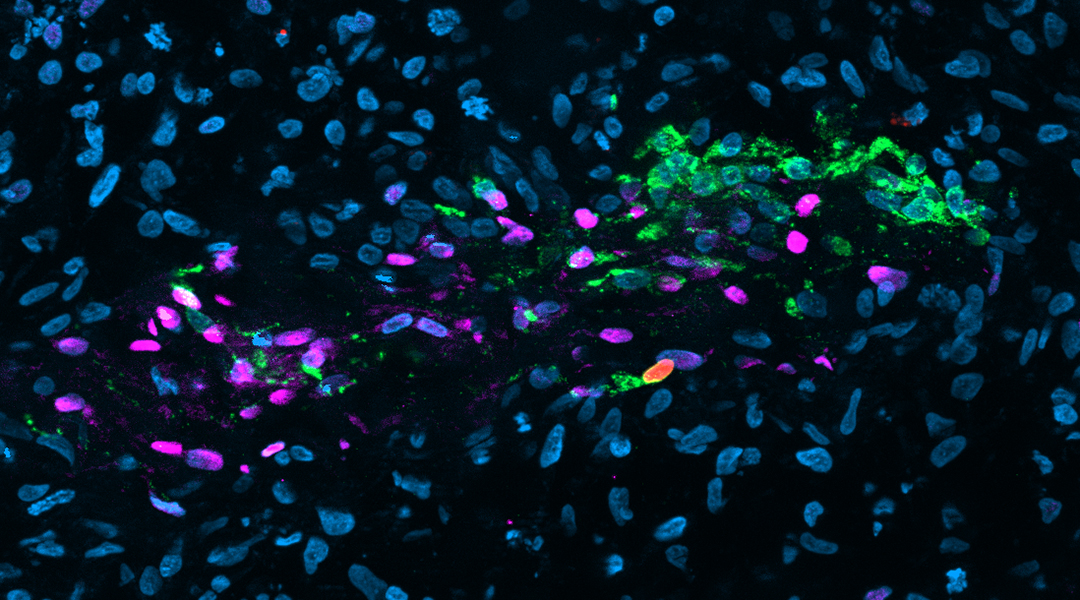
Dehumidifying pendants, the origins of olfactory neurons, microspectrometers, and transforming cancer agents.

The new sensors reliably and uniformly detected molecular signals, and their performance remained intact when tested again after two and a half months.

Researchers show that through aging the number of stem cells contributing to blood cell production significantly shifts.

A smart electronic nose that mimics the human nose with its millions of receptor cells and ability to differentiate smells.
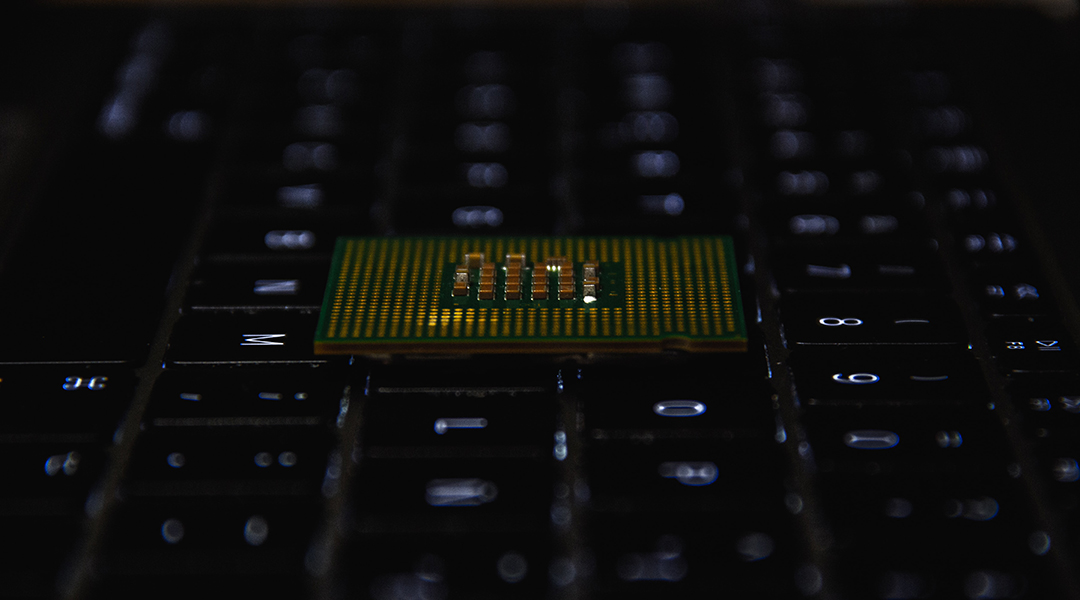
An in-memory computing prototype provides a promising solution for edge computing systems to implement continual learning.
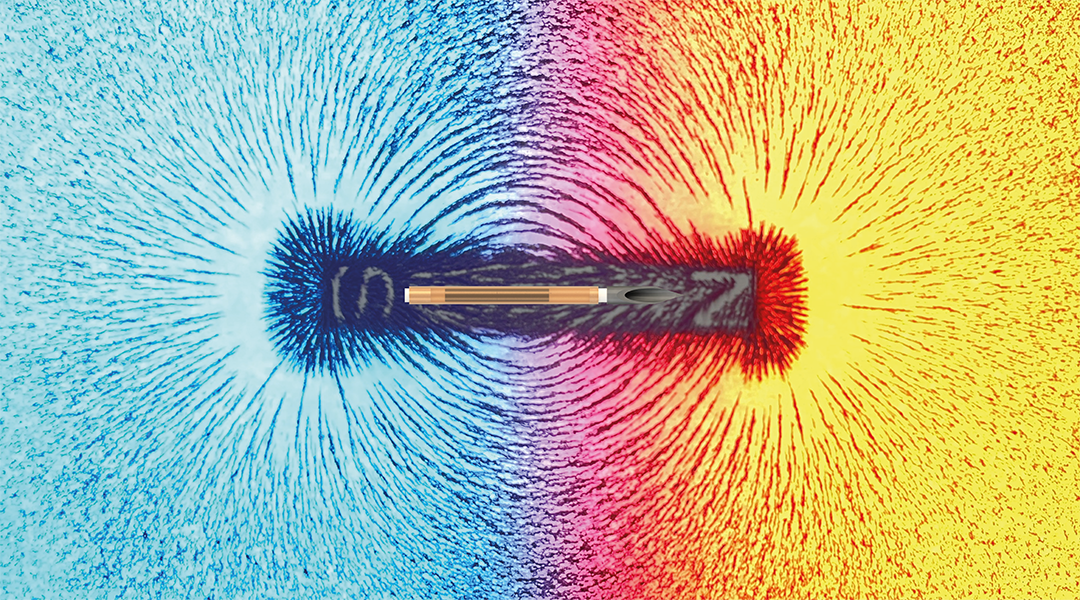
A miniaturized, tetherless needle offers a safe means of performing surgery, treating cancer, and performing diagnostic tests.
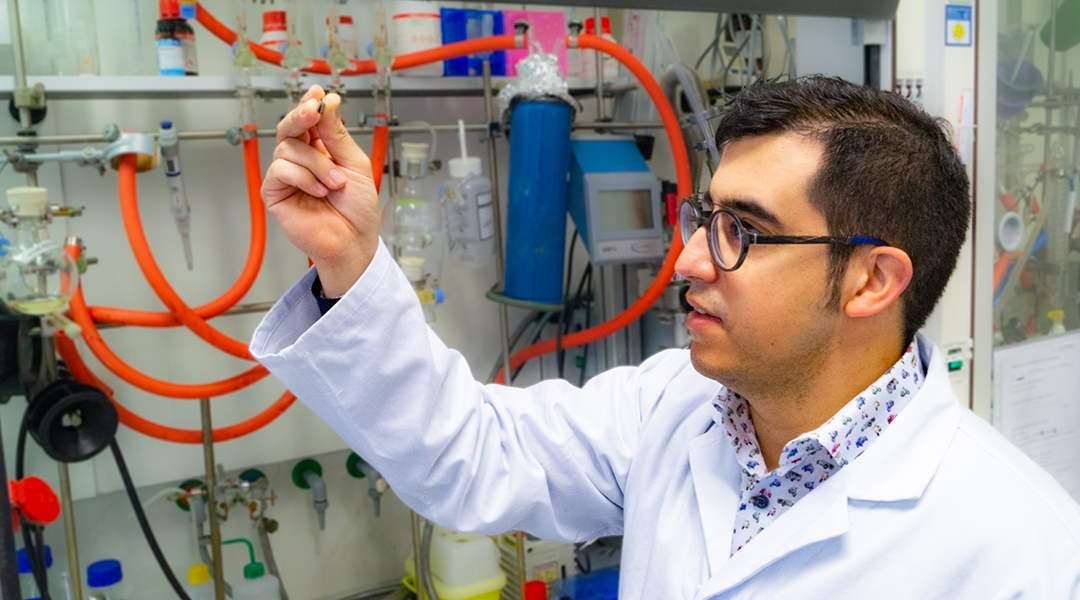
Through innovative, interdisciplinary work, chemist César Rodriguez-Emmenegger is seeking a way to communicate with biological systems.
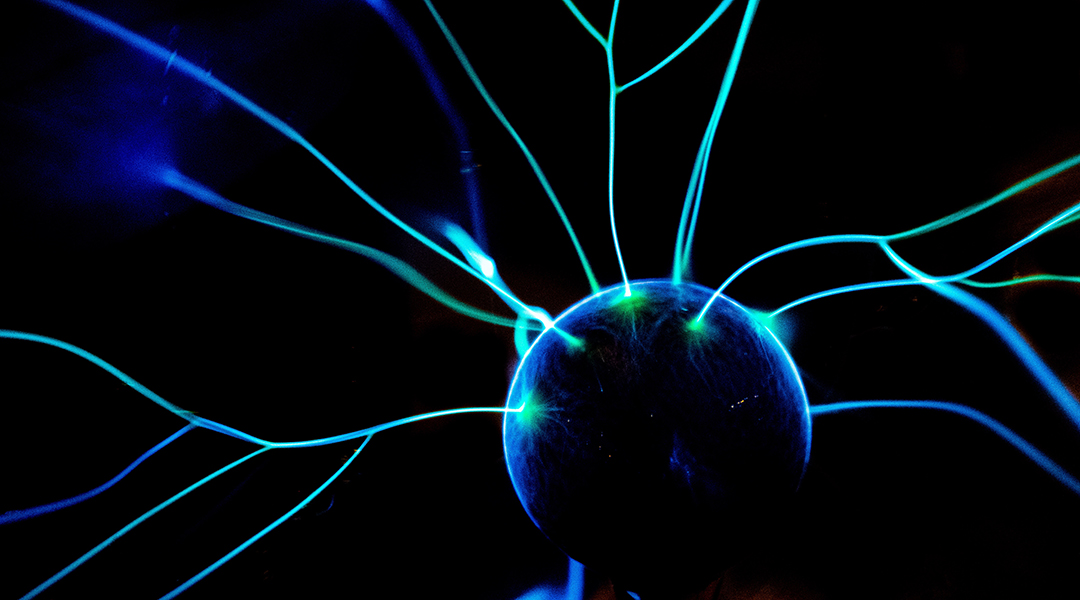
Memristor-based sensing devices generate biological-like electrical signals that mimic those found in the brain for better computing.

Scientists have observed the mysterious death of a carbon-rich star, which was characterized by the mass ejection of matter into space.